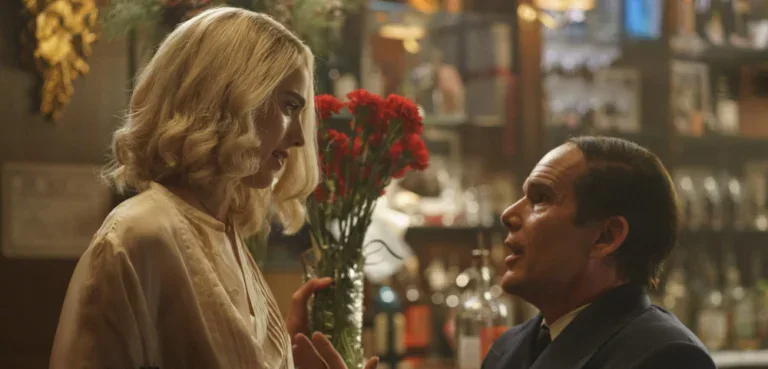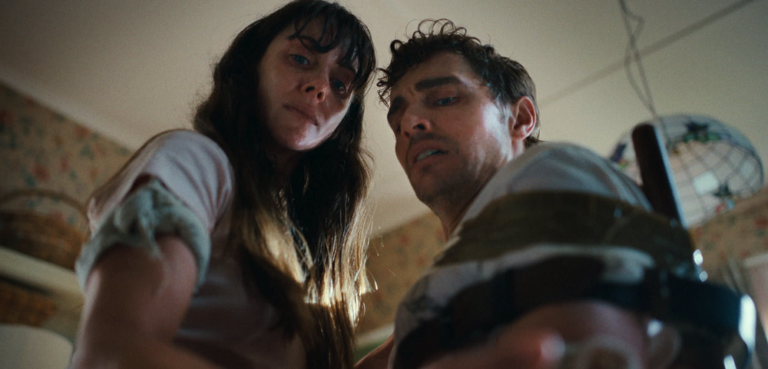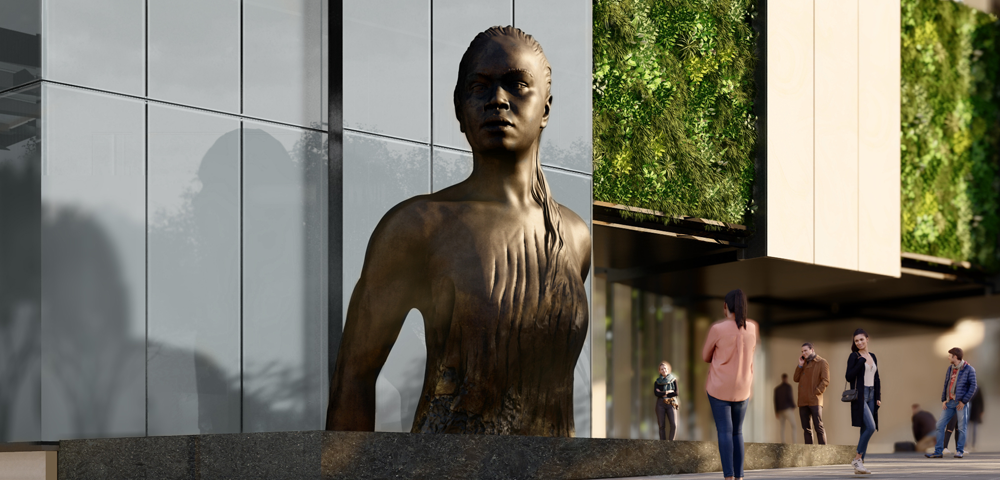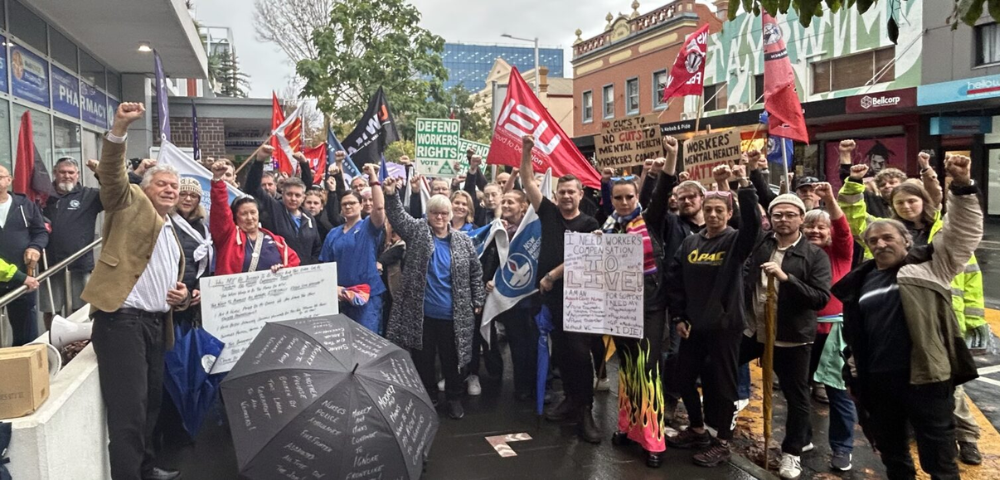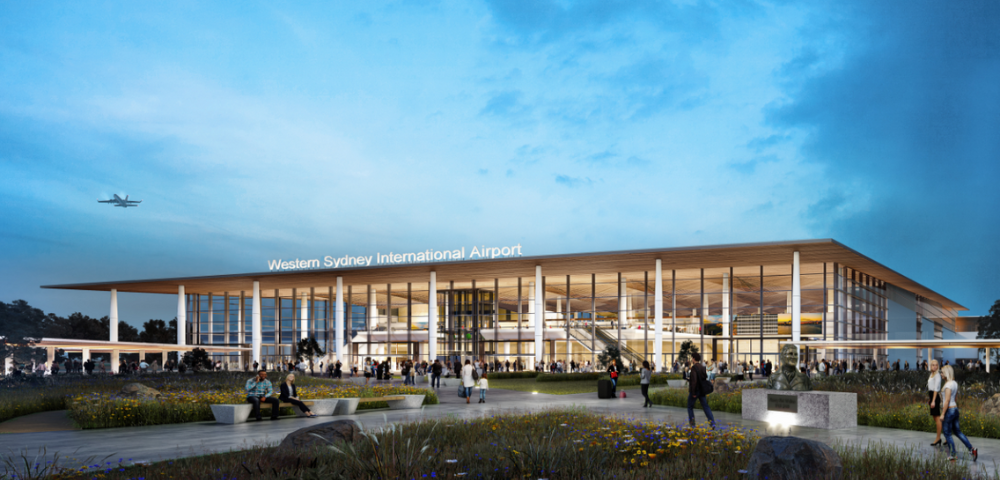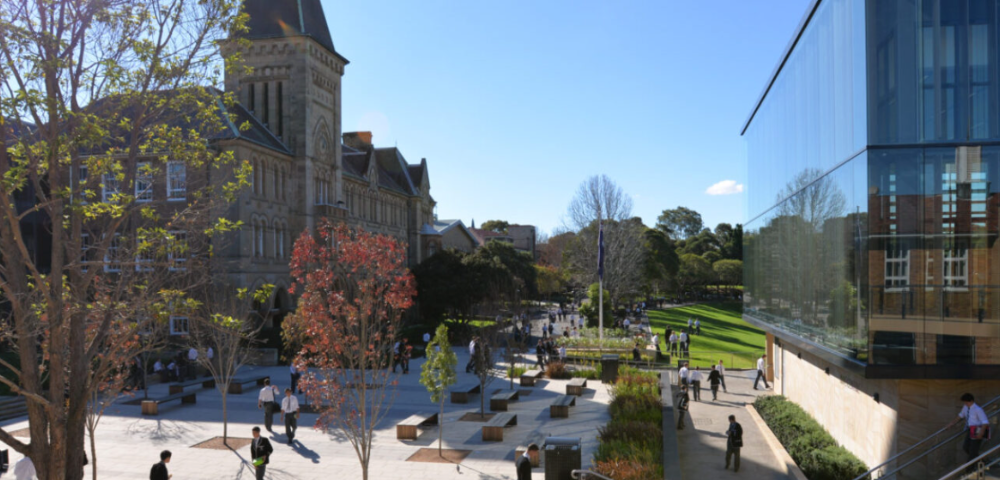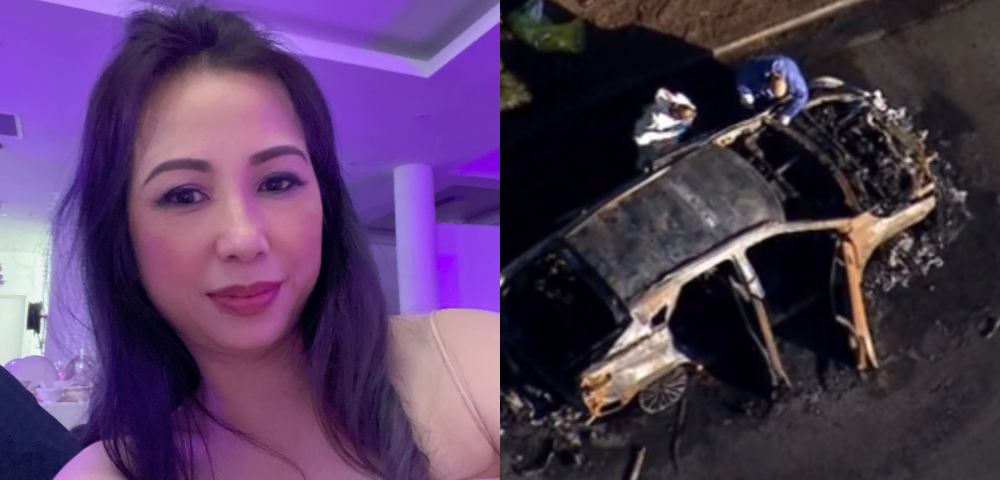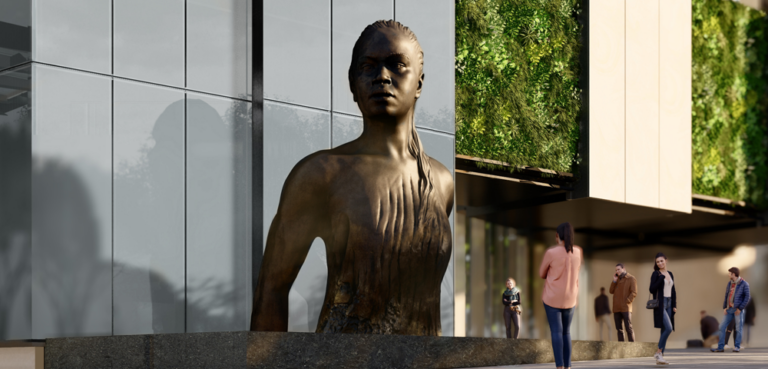
Rocky road to Senate majority

By ALLISON HORE
With the federal election this weekend, eyes will be on the Senate to see if poll frontrunners, the Labor party, will be able to win a majority in the upper house as well as the lower house. But the road to a Senate majority will not be easy for Labor even if it wins the House of Representatives.
There are 76 senators, with 12 representing each state and two representing each territory. In a normal election, only half of the state senators and all of the territory senators are put up for election. On May 18, 40 of the 76 total senators are up for election.
Senate control critical
To control the Senate, a party would have to win 39 of the 76 seats. As it stands, the Coalition has 31 seats and Labor has 26.
In 2016, a Senate double dissolution was called, which meant all 76 senators were up for election. Half of the state senators – the six who topped the votes in each state – were awarded six-year terms, while the following six were given three-year terms.
As a result, most of the major party senators in NSW – three Liberal and three Labor – will retain their position and are not up for re-election until 2022.
The incumbent NSW senators whose seats will be contested include One Nation, the Liberal Democrats and the Greens. Only one Labor senator and two Coalition senators will have their places challenged.
Labor’s Doug Cameron, Mehreen Faruqi from the Greens, Jim Molan and John Williams from the Coalition, Duncan Spender of the Liberal Democrats and United Australia’s Brian Burston are all senators whose terms are finishing in NSW.
The competition for the six seats up for grabs is crowded. On this year’s NSW Senate paper there are 35 parties listed, as well as a series of ungrouped Independents.
For this election, the Nationals decided against running on a separate ticket to the Liberal party in NSW. This is a risky move because Mr Williams’ retirement means the Nationals may end up with no senators in the state. The replacement Nationals candidate, Perin Davey, appears third on the ticket, beneath two Liberal candidates. The Coalition would have to win three seats for the Nationals to retain a seat.
Incumbent Liberal senator Mr Molan also risks losing his seat. His name appears fourth on the ticket. Earlier this month, he faced criticism from within his party after his supporters distributed how to vote cards which preferenced the Nationals’ candidate fourth, a move that goes against party agreement.
“It is an absolute risk for the Nationals in what Jim Molan is doing,” Ms Davey told the AAP.
“It goes against the Coalition agreement that we had. It also goes against the intent of the agreement that we had.”
Mr Molan distanced himself from the campaign, saying it was his supporters behind it and not him.
“I have only handed out material endorsed by Liberal candidates,” he told AAP in a statement.
To make matters more confusing for voters, there has also been a series of party defections and Senate disqualifications which have disrupted the senator’s terms. Mr Burston, for example, won his NSW Senate seat on a One Nation ticket but stepped down from the party in May last year to join Clive Palmer’s United Australia Party.
Pundits predict Labor may pick up a second Senate seat, on top of the seat they already hold, possibly at the expense of the Coalition.
In 2013, the Greens didn’t win a NSW Senate seat, and if there were only six seats up for election in 2016 it would have been hard for them to win a seat then too. But with Dr Faruqi replacing Lee Rhiannon in 2018 after Ms Rhiannon’s resignation, it could bring new energy to the campaign.
Standing up to the far-right
The Pakistan-born engineer served on the NSW Legislative Council before filling Ms Rhiannon’s vacancy last year. She hopes to retain her seat to see action on climate change and to prevent far-right minor parties from having the balance of power.
Last week, she addressed protesters at a rally against One Nation’s Mark Latham and Rod Roberts’ on their first day sitting in the NSW Legislative Council.
“The far-right are actively organising to extend their reach in politics. We must actively organise to stand up to the far-right,” she said.
Whether Labor or the Coalition will be able to pull together enough seats to win a Senate majority remains to be seen.
But one thing is for certain; the road to that majority looks to be a bumpy one.

